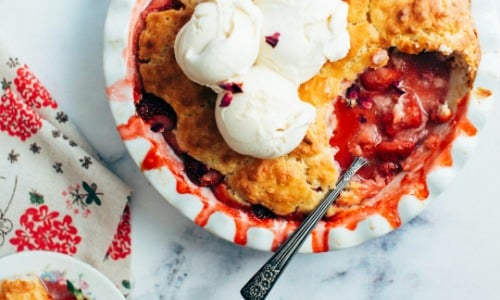
Creating a cobbler doesn’t have to be a time-consuming task, especially for those who love a delightful dessert that brings the essence of homestyle comfort to the table. By using a cake mix, you can prepare a delicious cobbler with half the effort yet all the flavor of the traditional version. This approach simplifies the process, making it an accessible baking project even for beginners or when you’re short on time.
The beauty of using a cake mix in your cobbler lies in the versatility and convenience it offers. You can choose from a variety of cake mix flavors to complement the fruit of your choice, whether it’s the classic peach, hearty apple, or even a mix of berries. These pre-mixed ingredients not only save you time in measuring and mixing but also ensure that your cobbler topping turns out perfectly fluffy and sweet every time.
With just a few simple steps, your kitchen will be filled with the warm aroma of baking fruit and a buttery crust. This method allows you to put a personal twist on the cobbler by adding extra touches, like a sprinkle of cinnamon or a dollop of vanilla ice cream to serve alongside your easy yet impressive dessert. So gather your cake mix and fruit, and let’s get started on a recipe that promises to be as rewarding as it is simple to make.
Essential Ingredients and Substitutes
Creating a cobbler with a cake mix is a delightful way to enjoy a homemade dessert with ease. Choosing the right ingredients and knowing how to substitute them effectively ensures your cobbler will be delectable.
Choosing the Right Cake Mix
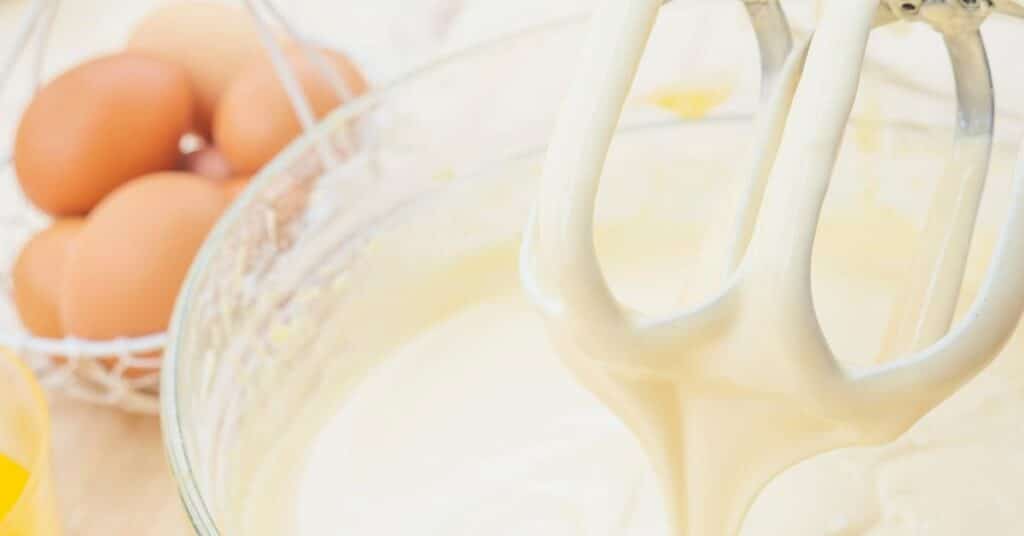
Select a cake mix that complements your chosen fruit. The most common options are:
- Lemon cake mix: Pairs well with berries for a tangy twist.
- White cake mix: Offers a neutral base suitable for any fruit.
- Yellow cake mix: Brings a buttery richness, excellent with peaches or apples.
For a classic peach cobbler with cake mix, a yellow cake mix is ideal. Consider whether you prefer a dry cake mix or one that includes pudding in the mix, which can create a denser and moister cobbler topping.
Selecting Your Fruit
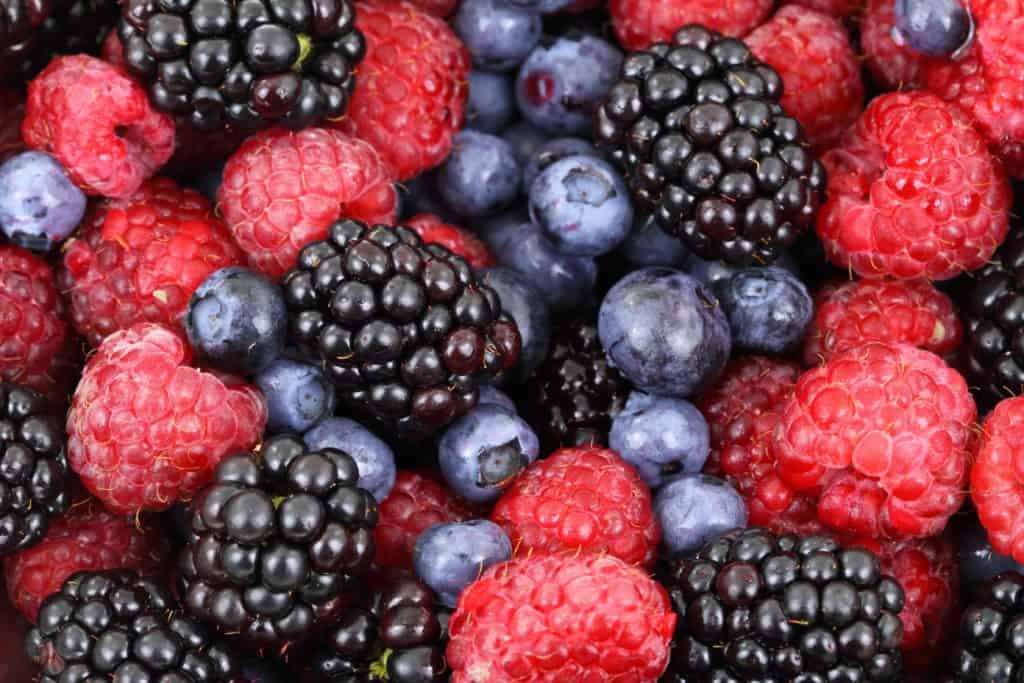
The choice of fruit is pivotal in influencing your cobbler’s flavor and texture. Use the following guide:
- Fresh fruit: Offers the best flavor and texture but may need extra sugar if not fully ripe.
- Canned peaches: A convenient and year-round choice for a classic peach cobbler.
- Frozen fruit: Practical and available off-season, but make sure to thaw and drain to avoid a soggy cobbler.
Using berries, cherries, strawberries, or even mixed fruit adds variety and vibrant colors to your dessert.
Sweetness and Spice Variations
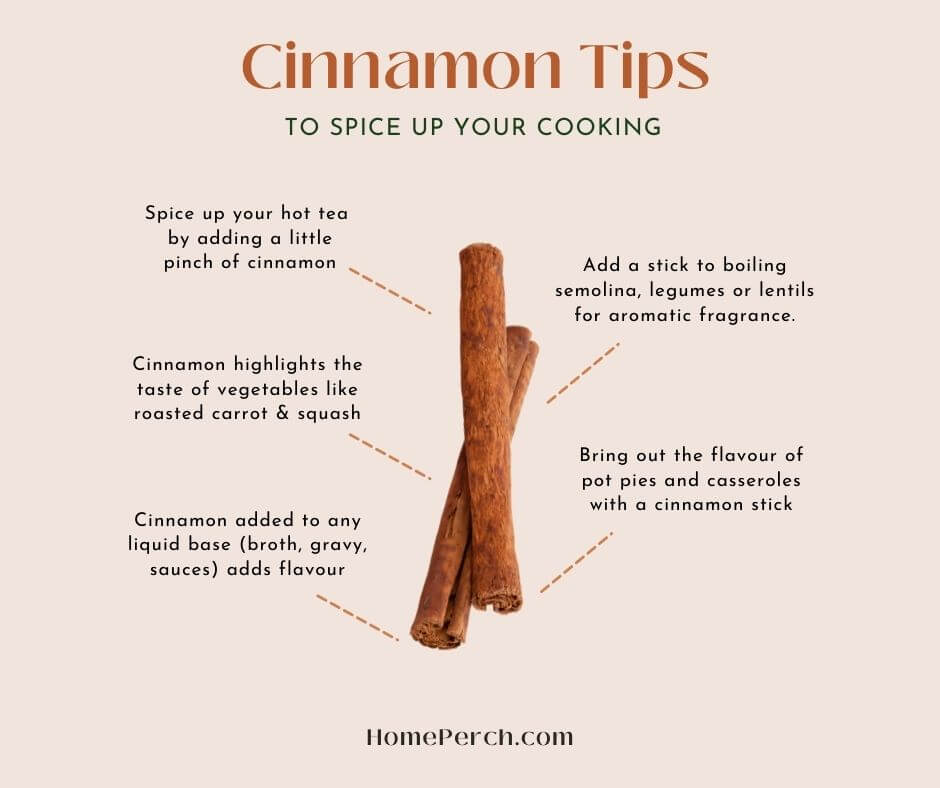
Customize the sweetness and spice profile according to your taste and the natural sweetness of your fruit. A suggested starting point:
- Sugar: Adjust to the sweetness of the fruit—less for canned, more for fresh if tart.
- Cinnamon: A dash enhances warm fruit flavors, especially apples and peaches.
- Butter: Adds richness; use unsalted to control the overall sweetness.
Experiment with your sugar and spices, but remember that the cake mix already contains a degree of sweetness.
Baking the Perfect Cobbler
The path to a delightful cobbler starts with preparing your baking dish correctly and finding the ideal oven settings for that must-have golden brown crunch.
Preparing the Baking Dish
Before anything else, preheat your oven to 375°F (190°C). This ensures a consistent cooking environment for your cobbler. Now, take your baking dish—preferably a 9-inch square or a similar size pan—and grease it well. You can use butter or a non-stick spray to prevent the cobbler from sticking. Then, pour the cake mix evenly into the dish. If you’re making a dump cake, simply spread the fruit filling on the bottom of the dish and sprinkle the cake mix on top without stirring.
Oven Settings and Baking Times
Your oven’s temperature is key to achieving the perfect texture. Use an oven thermometer to verify the accuracy of your oven’s internal temperature. Bake your cobbler for about 40-50 minutes. What you’re aiming for is a golden brown color on the top layer and a bubbly perimeter indicating it’s perfectly baked. Avoid opening the oven frequently as it can lower the temperature and affect the baking process.
Using a toothpick or a fork, check the cobbler’s readiness. If it comes out clean or with a few crumbs, your cobbler is ready to enjoy. If not, bake for an additional 5-10 minutes, checking periodically. Remember, oven times may vary, so it’s better to check a bit earlier than the suggested time to avoid over-baking.
Serving and Pairing Suggestions
When your cobbler is fresh out of the oven, it’s the perfect time to think about how to elevate the dessert with delicious toppings and consider the best ways to store any leftovers.
Dessert Toppings and Add-ons
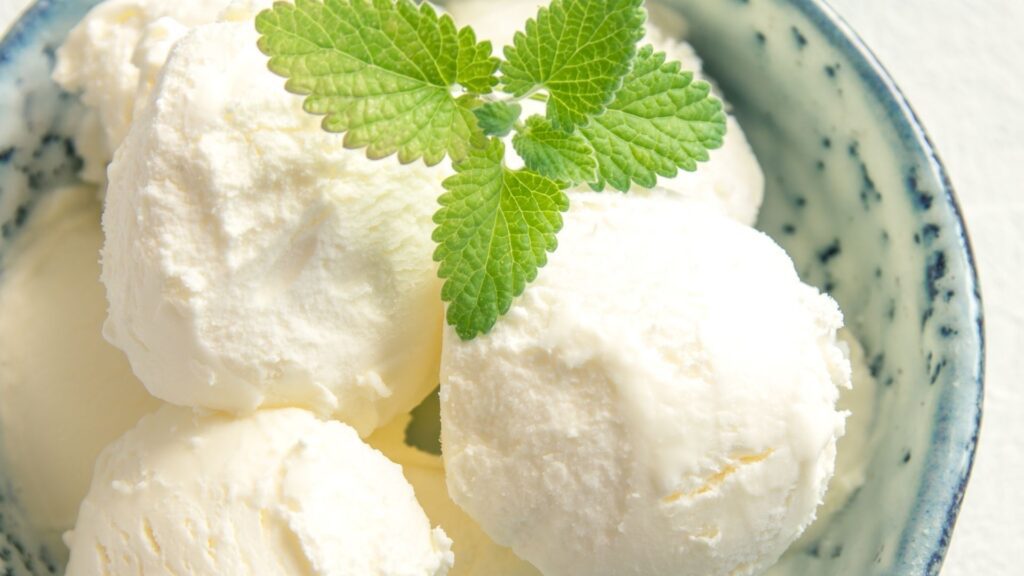
Your warm and gooey cobbler, whether it’s a peach cobbler or a blueberry cobbler, pairs wonderfully with a scoop of vanilla ice cream which melts slightly to create a delightful mix of flavors and temperatures. If you prefer, a dollop of whipped cream can add a light, airy touch to each serving. Here’s a simple list to choose from:
- Vanilla ice cream: A classic that complements both peach and blueberry cobblers.
- Whipped cream: For a less dense topping that still offers creaminess.
- Fresh fruit: Adds a burst of freshness and a pop of color, especially berries or peach slices.
- Nuts: A sprinkle of almonds or pecans can give a pleasant crunch.
Storing and Reheating Leftovers
To keep leftover cobbler fresh, let it cool to room temperature. Once cool, cover it with plastic wrap or transfer it to an airtight container; then, you can store it in the refrigerator for up to 3 days. For longer storage, wrap the cobbler tightly and freeze it—this way, you can enjoy it for up to 6 months.
To reheat, you have a couple of options:
- Oven: Preheat to 350°F and warm the cobbler for about 10-15 minutes.
- Microwave: Heat individual servings for about 30 seconds, or until it’s heated through.
Remember, when reheating, aim for maintaining the cobbler’s delightful texture, so it stays as enjoyable as when it was first baked. Enjoy your dessert warm, and as its flavors meld perfectly with your chosen add-ons!
Nutritional Information and Dietary Considerations
When you make a cobbler with a cake mix, it’s important to be aware of the nutritional content.
Calories: The total caloric content will vary depending on the specific cake mix and additional ingredients you use. On average, a serving may contain several hundred calories.
Total Fat: The fat content comes from the cake mix and any added butter or oil. Look for low-fat versions of cake mixes if you’re watching your fat intake.
Sugar: A cake mix cobbler can be high in sugar, contributing to overall calories.
Saturated Fat: This type of cobbler may contain a significant amount of saturated fat, particularly if butter is a component.
Cholesterol and Sodium: The cholesterol and sodium levels will vary. Check your mix’s label, especially if you have dietary restrictions.
Dietary Fiber: A fruit cobbler may offer some dietary fiber, particularly if you’re using whole fruits.
Total Sugars: Be mindful of total sugars which include added sugars in the cake mix.
Protein: Typically, dessert items like cobblers are not significant sources of protein.
Nutrition: While a treat, cobblers made from cake mix aren’t usually rich in vitamins and minerals. However, some mixes may be fortified.
Calcium, Iron, Potassium, and Vitamin C: These nutrients depend on the specific ingredients used. Fruits can add potassium and vitamin C, while some cake mixes might be enriched with calcium and iron.
Dietary Considerations: For those with dietary concerns, look for cake mix options that cater to your needs, like sugar-free, gluten-free, or low-sodium mixes. Always monitor portions to keep track of your intake of nutrients like sodium, cholesterol, and saturated fats.
Remember, enjoying your cobbler as part of a balanced diet helps maintain a healthy nutritional intake.
Frequently Asked Questions
This section addresses common questions on how to create delicious cobblers with cake mix, providing straightforward recipes and useful tips for perfecting this classic dessert.
What ingredients do I need to make a peach cobbler using cake mix and pie filling?
For a peach cobbler using cake mix and pie filling, you’ll need a box of cake mix, a can of peach pie filling, butter, and optionally, cinnamon.
How can I make a cobbler with a yellow cake mix and brown sugar?
Mix your yellow cake mix with melted butter and brown sugar to create a rich, streusel-like topping. Then sprinkle over your fruit base and bake until golden.
Can you make a cobbler with cake mix and Sprite, and if so, how?
Yes, you can make a cobbler with cake mix and Sprite. Simply spread fruit in a baking dish, sprinkle cake mix over the top, and pour Sprite over it before baking.
What’s the best way to make a berry cobbler using cake mix and butter?
To make a berry cobbler, spread mixed berries in your baking dish, sprinkle with dry cake mix, and dot with slices of butter. Bake until the topping is golden brown.
How do I make an apple cobbler with cake mix?
Layer sliced apples in a dish, add a sprinkle of cinnamon if desired, cover with dry cake mix, dot with butter, and bake until the topping is crispy and golden.
What are some tips to enhance a box cake mix for making a cobbler?
For a more homemade taste, add vanilla extract or spices like cinnamon to the cake mix. You can also mix in nuts or use browned butter for a deeper flavor.
